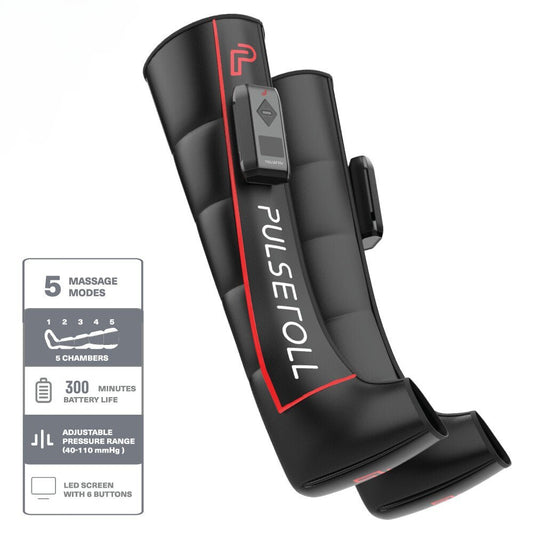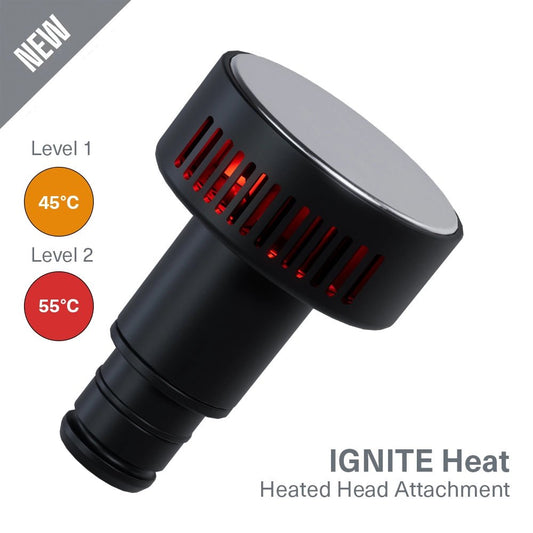Most muscle strains will heal on their own over time, but they can be a huge pain and inconvenience to your everyday life. They occur when the muscle is stretched too far, often during exercise, and the muscle fibres tear.
The most common pulled muscle is the calf or hamstring and the usual symptoms include pain, spasm of the muscle, swelling, bruising, and limited mobility. The pain can also differ in severity.
Read our helpful guide on the best treatment for pulled muscles.
Treatment for pulled muscles
Treatment for pulled muscles can actually be really straight forward. Depending on the severity of the injury, the recovery time will be different for everyone. A pulled muscle can take weeks or even months to fully repair itself.
Check out these 4 simple steps to get you back on your feet, literally!

Treatment option 1: Ice
Applying ice to the affected area can help to reduce swelling. This should be the first step you take straight after sustaining the injury.
You can frequently apply ice to the area, but you shouldn’t keep it on there for longer than 15 minutes each time. Either use ice packs or even a bag of frozen veg wrapped in cloth. As long as you are able to apply ice to the area, this should soothe some of the pain.
Treatment option 2: Rest
Resting the injured muscle for 1 to 5 days after the injury occurs is highly recommended. It’s important not to put too much stress on an injury otherwise you’ll risk making it worse. If the injury is more severe, stay away from physical activity, but don’t become completely immobile as this could do more harm than good.
Top tip: elevating the muscle can also help it to heal. Try using a pillow to slightly raise the injured area.
Treatment option 3: Stretching

Gently stretching is useful, not only for treatment but also prevention of pulled muscles. Muscles that are strong and flexible are less likely to sustain an injury.
Be sure to stretch on a daily basis, even if this is only gentle stretching.
Treatment option 4: Foam rolling
Using a foam roller for pulled muscles can help with treatment and prevention, but be careful not to apply too much pressure directly onto the strain. With a foam roller, you’re better off using it on the connective muscles around the strained muscle to ease the tightness.
Using a foam roller before and after exercise can help to prevent a strain from occurring in the first place, as it helps to loosen the muscle and make it more flexible.
How to treat a pulled muscle
If you’re unfortunate enough to experience a pulled muscle, as many of us do during our lifetimes, we hope this guide on treatment for pulled muscles helps in some way. Be sure to utilise all of the muscle recovery products available to you on the market as these are designed to help with this problem.
Our range of muscle recovery equipment has been formulated and designed with you and your muscles in mind. Head over to our shopping hub to learn more about our range of products.


